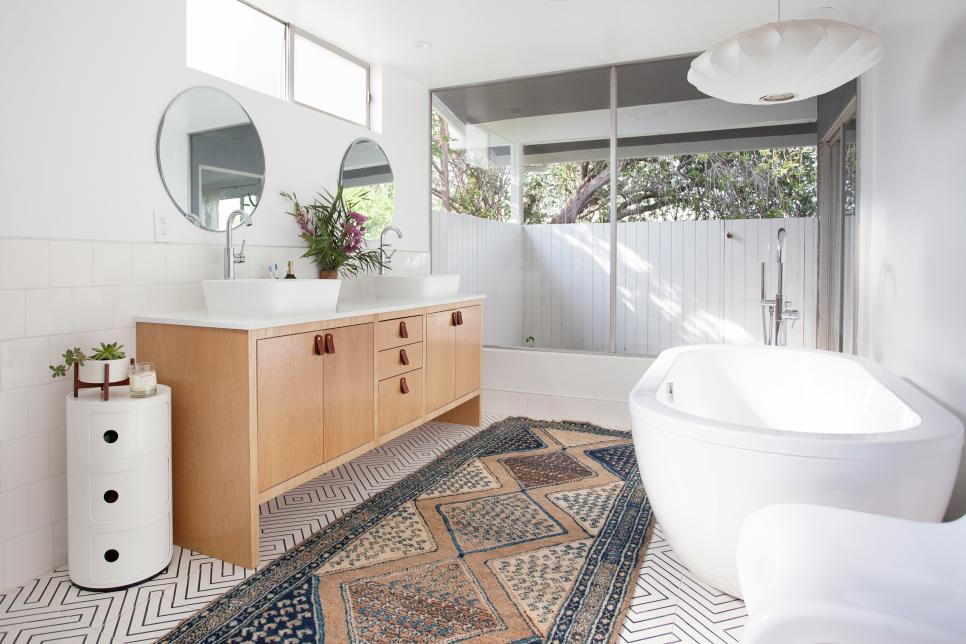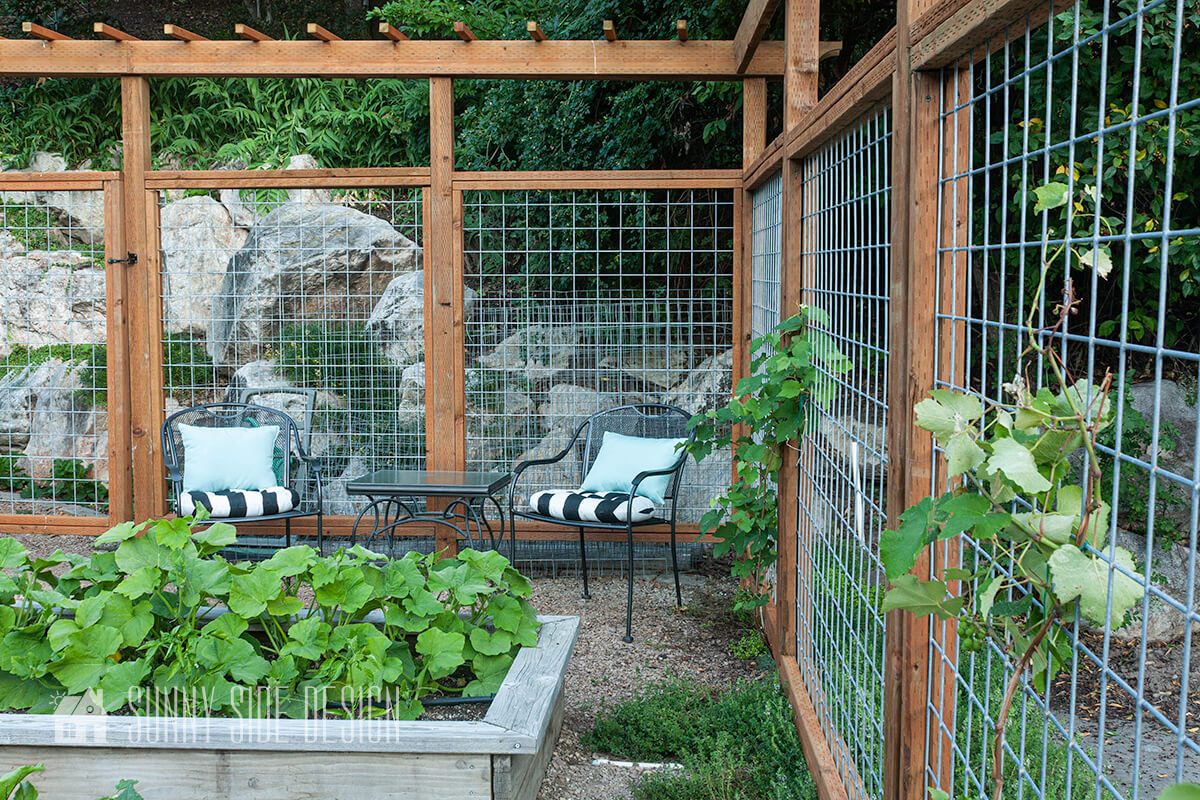What Checklist You Should Follow for Home Buying

Don’t we say that buying a house represents the investment of a lifetime? Don’t be afraid to do too much when choosing your future home, and arm yourself with your checklist so you don’t forget anything.
Before coming in
Obviously, you can’t wait to set foot in what may be your future home, but also pay attention to what makes its immediate environment: noise, urban development projects and amenities will also be part of your daily life, just like the house itself.
- Take into account the administrative context
- Identify the immediate vicinity
- Note the particularities of a subdivision
- Find out about the amount of taxes
Inside
At this stage of the visit: you must comb everything, because the slightest oversight could, subsequently, force you to do work that you had not planned. This is a part of the home buying process checklist now.
Appreciate the state of the kitchen and sanitary facilities
- Every detail counts in the house
- Check the electrical installation
- Carry out a heating diagnosis
- Estimate the thermal insulation of the house
- Examine the ventilation of the house
Outside
Do not let your guard down when inspecting the exteriors: the garden, the swimming pool and even the walls and the roof are elements that should not be overlooked. Indeed, if you can get a huge benefit from a well-kept outdoor space, conversely, poorly maintained spaces can cost you dearly. Open your eyes and project yourself into summer in this garden.
- Linger on the pool
- Take a close look at the garden
- Roof, facade, inspect every detail
Download all checklists
If there is one purchase that must be made without rushing, it is that of a house. Becoming a homeowner is a long-term commitment and in the event of premature resale, there may be a risk of capital loss. No stress, here is the list of priority points to examine.
Before visiting the house
- Estimate the costs related to your acquisition (notary , agency, moving costs , work, housing tax, property tax).
- Take an interest in the immediate surroundings of the house (neighborhood, transport network, crèches / schools, shops, presence of possible easements, building land, development projects, PLU, etc.).
- Make sure you have visited other properties before or have visited others after.
To watch in front of the house
- Examine the exteriors (lawn, gate, terrace, garden shed, swimming pool, etc.)
- Take a look at the condition of the roof (is it being repaired?) And the exterior walls (presence of cracks, damaged coating, etc.).
Are there any vis-à-vis?
Is the garage in good condition (if the house has one). What are its dimensions?
Scrutinize the smallest details inside the house
Check the condition of the electrical installation, should you be given a diagnosis ? how many switches are there? And electrical outlets? Where are they placed? Does the electrical installation comply with current standards?
- Are you interested in the state of the kitchen and sanitary facilities: in what state are the seals? Are there any leaks? Is the kitchen functional? Is there “sewerage”? What are the dimensions of the hot water tank? Is the bathroom damp? What ventilation system is the house equipped with?
- Examine the heating mode with which the house is equipped: type of radiators, heating (gas, oil, solar, etc.).
- Observe ceilings, walls and floors carefully (presence of stains, mold, fungi, etc.).
What are the hidden defects of an old house?
Hidden defects designate faults which make the accommodation unfit for its residential use. To be considered a hidden defect, the defect must be “serious” and must precede the sale.











